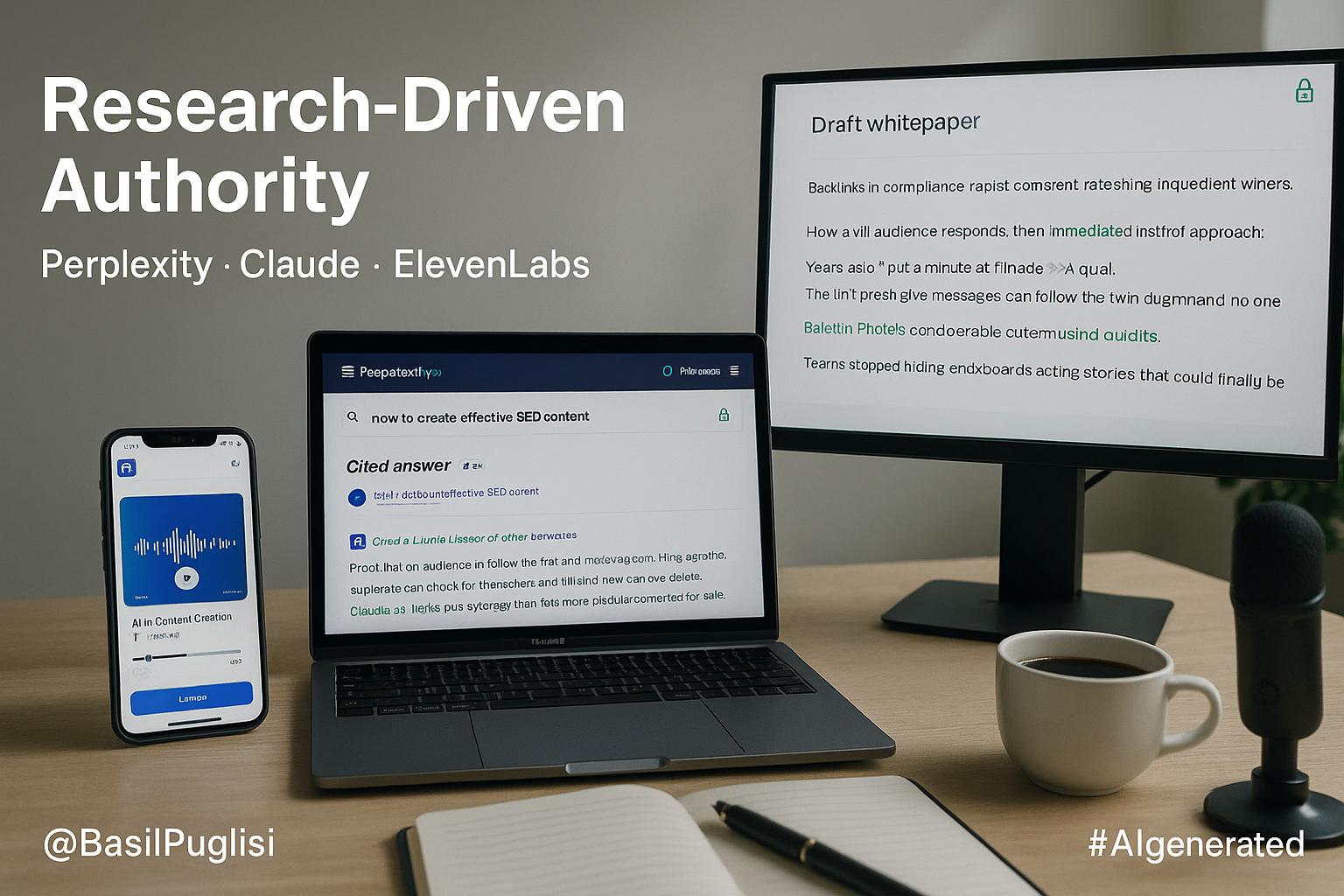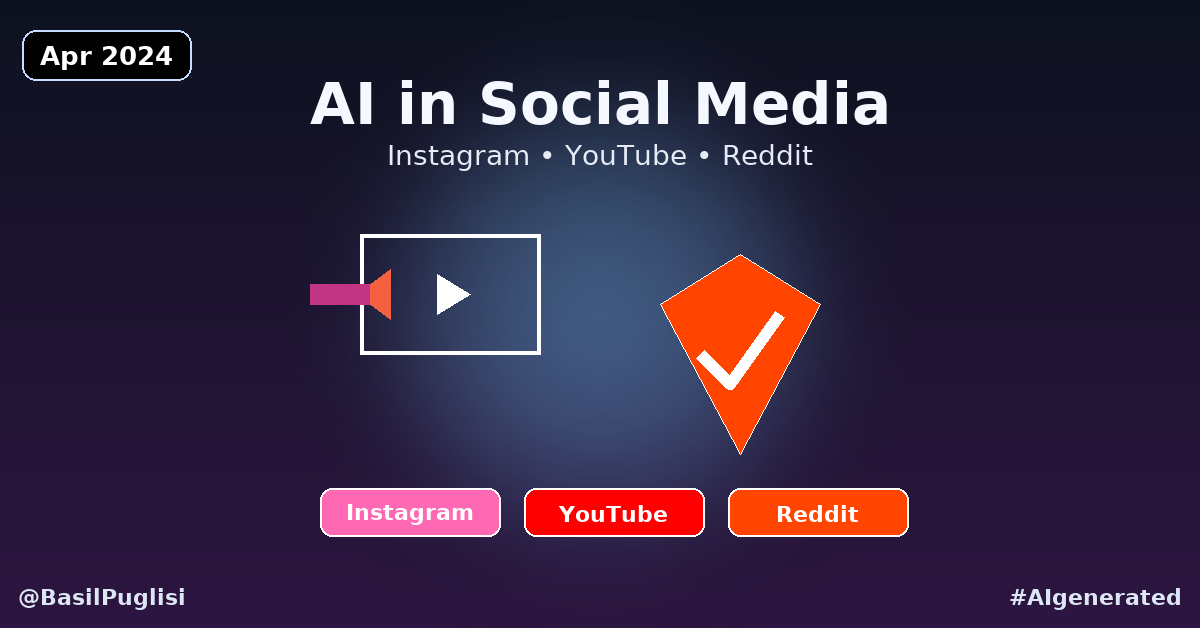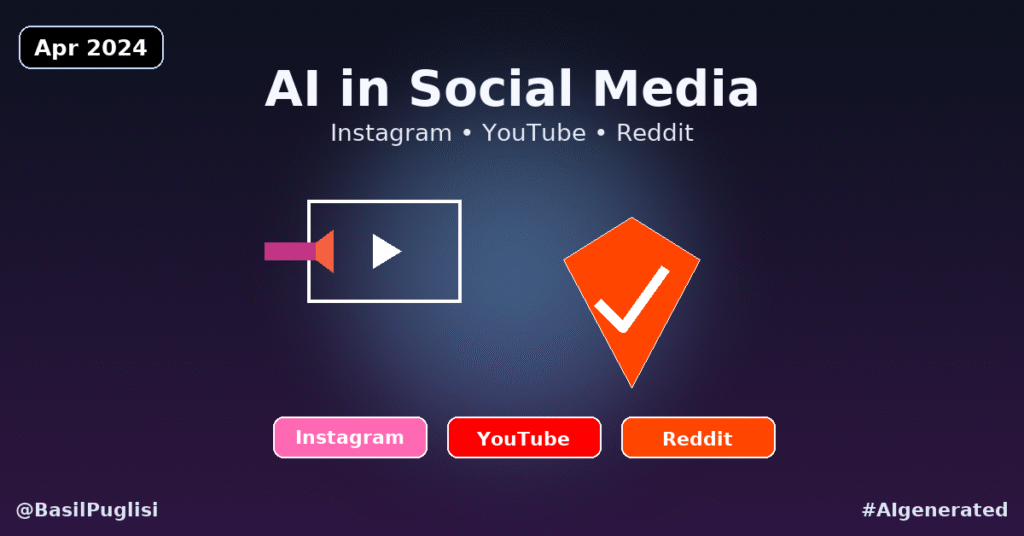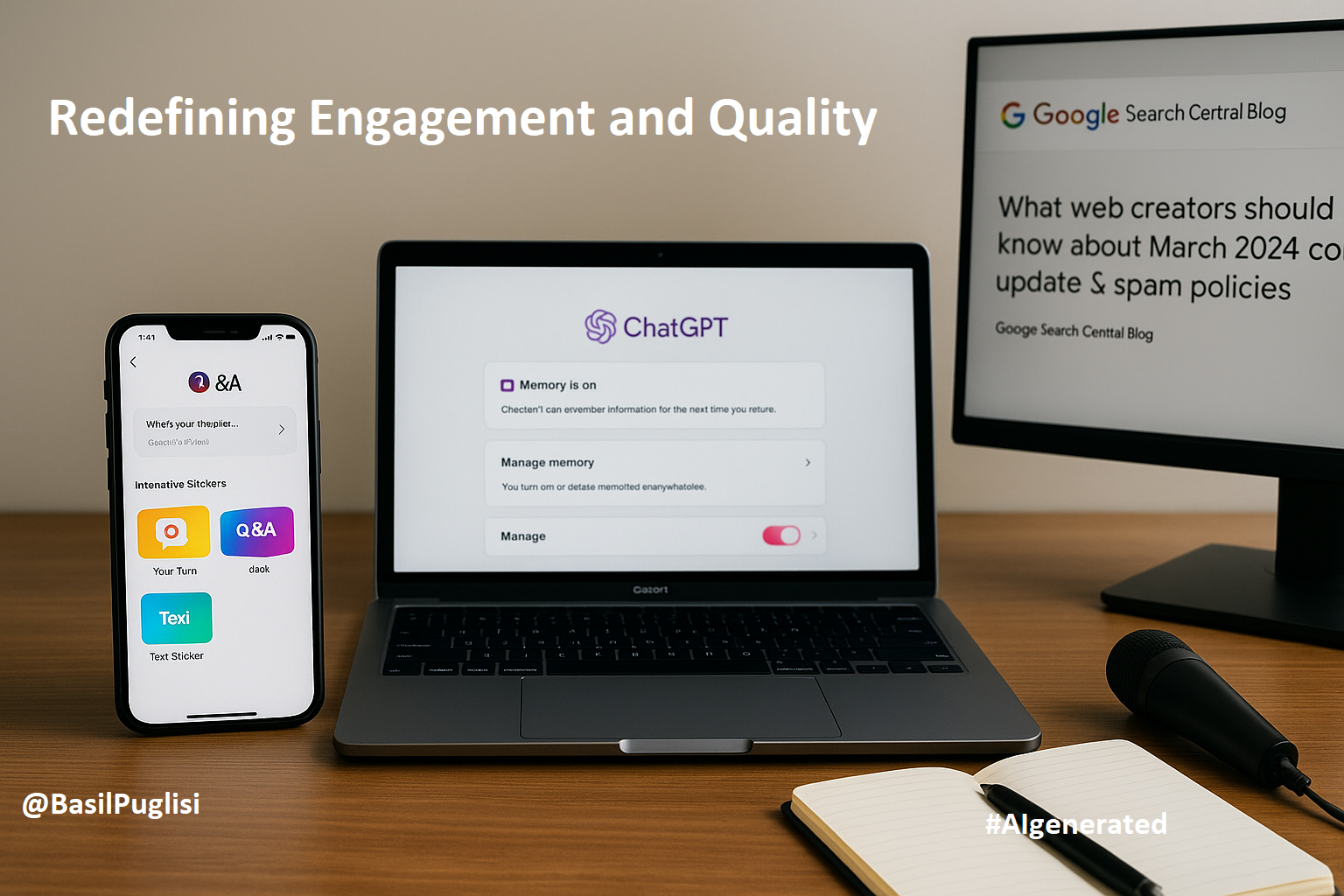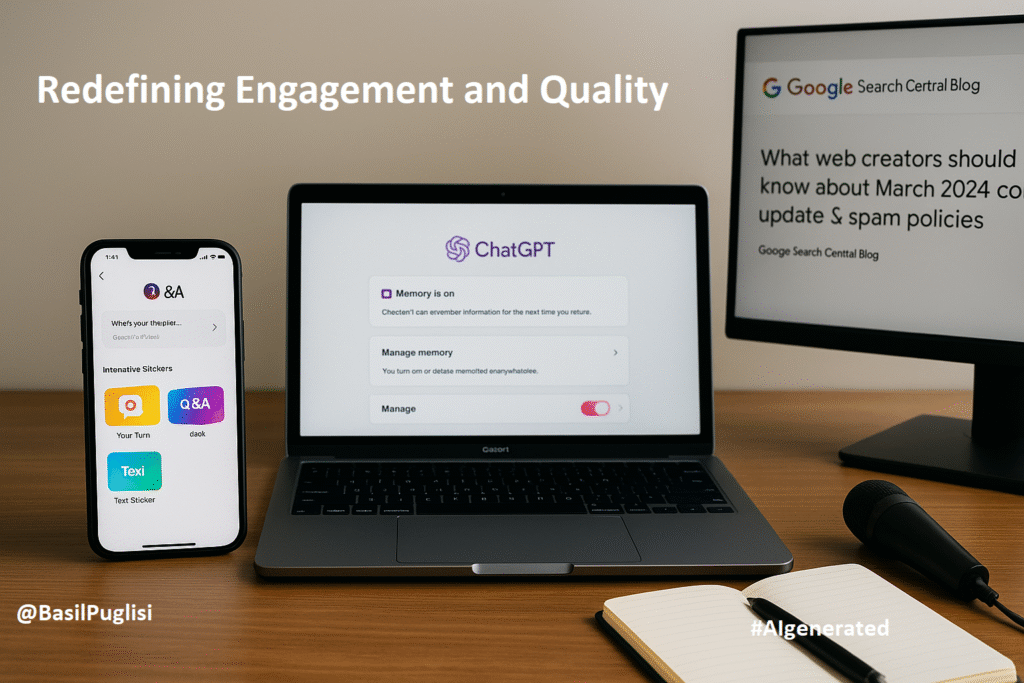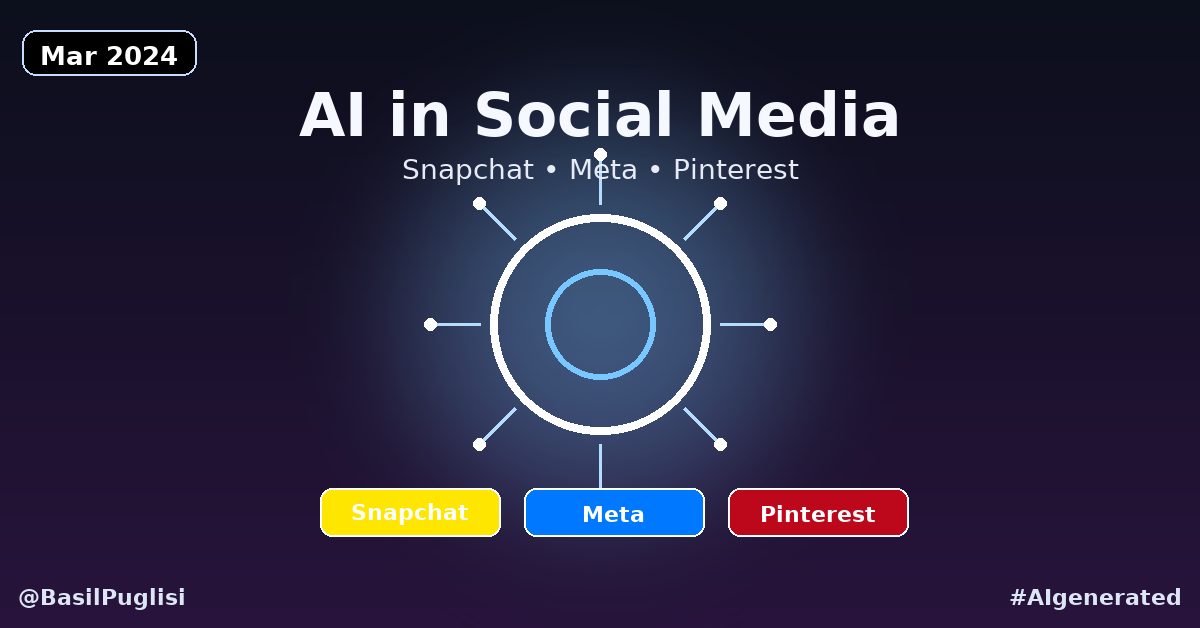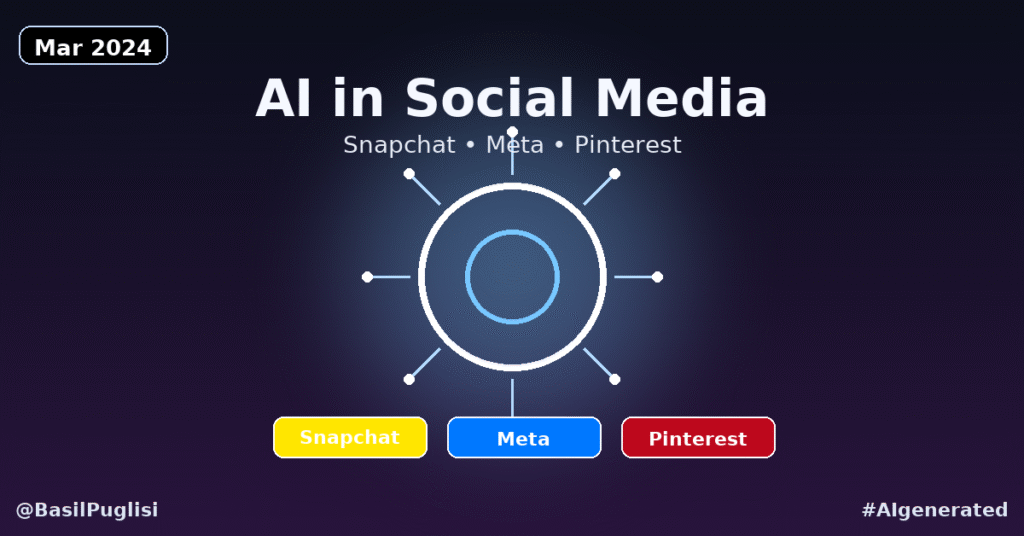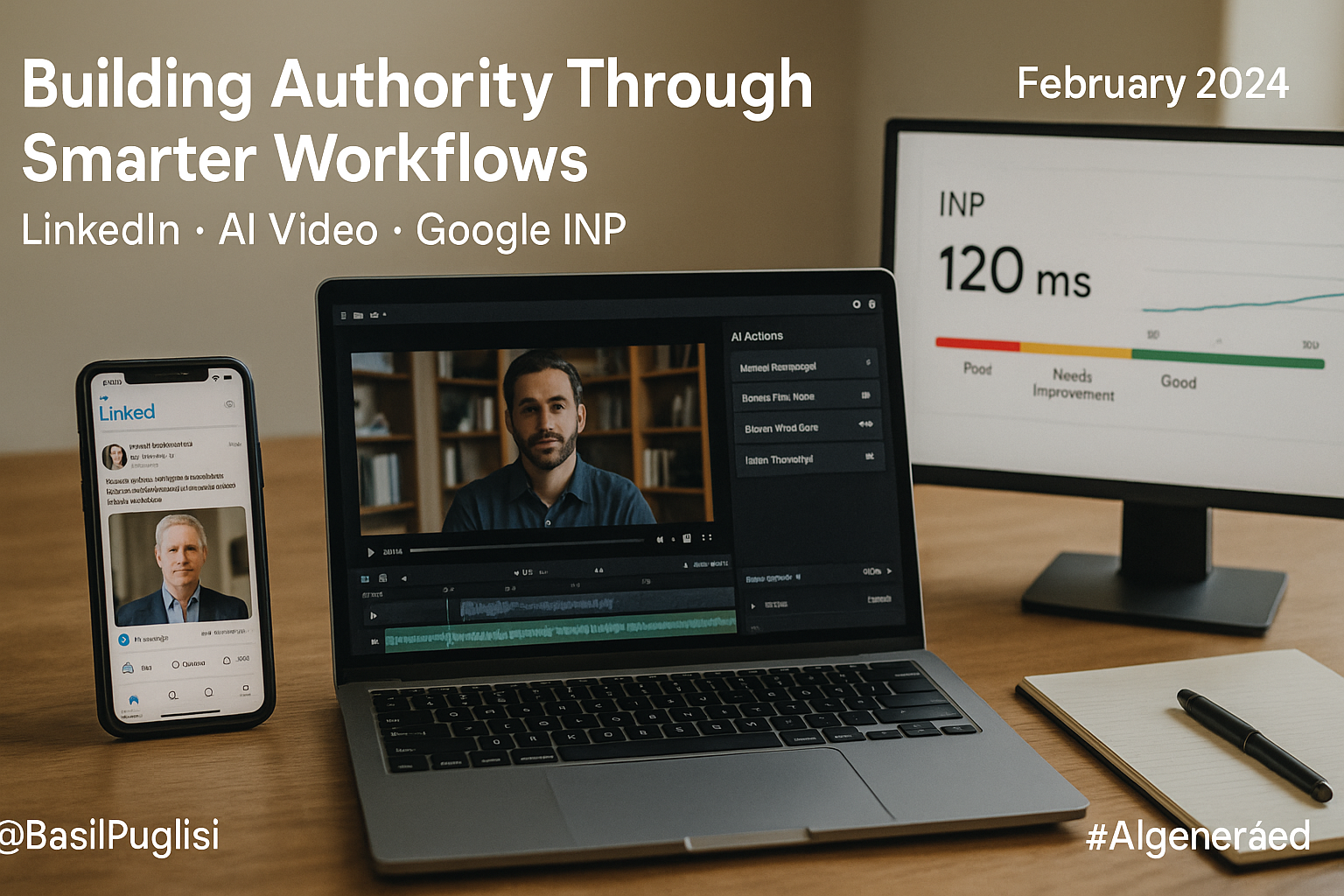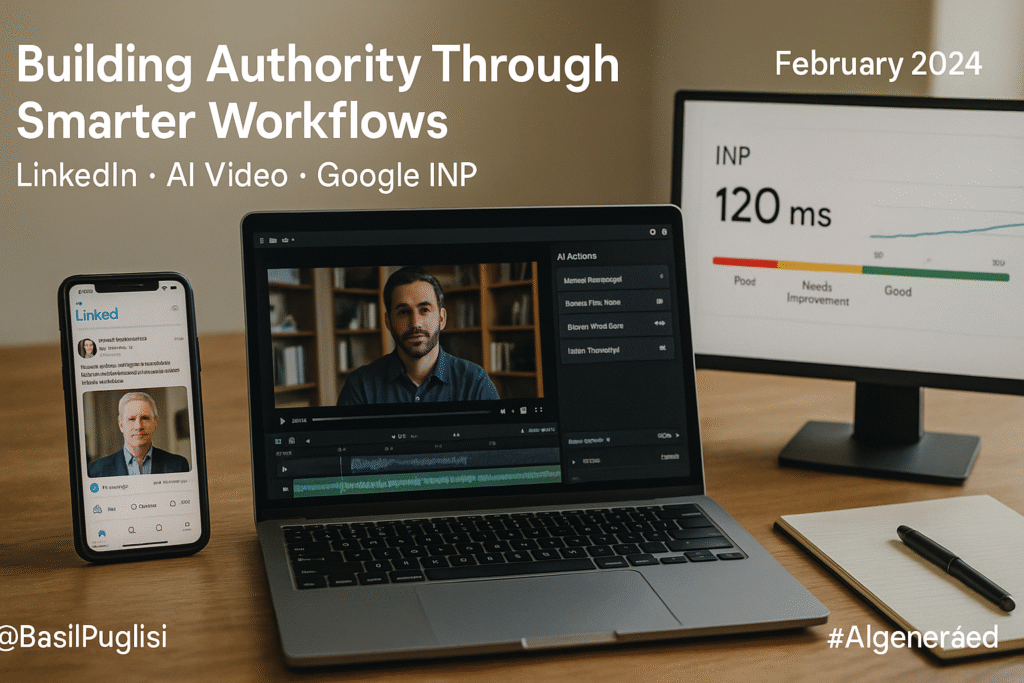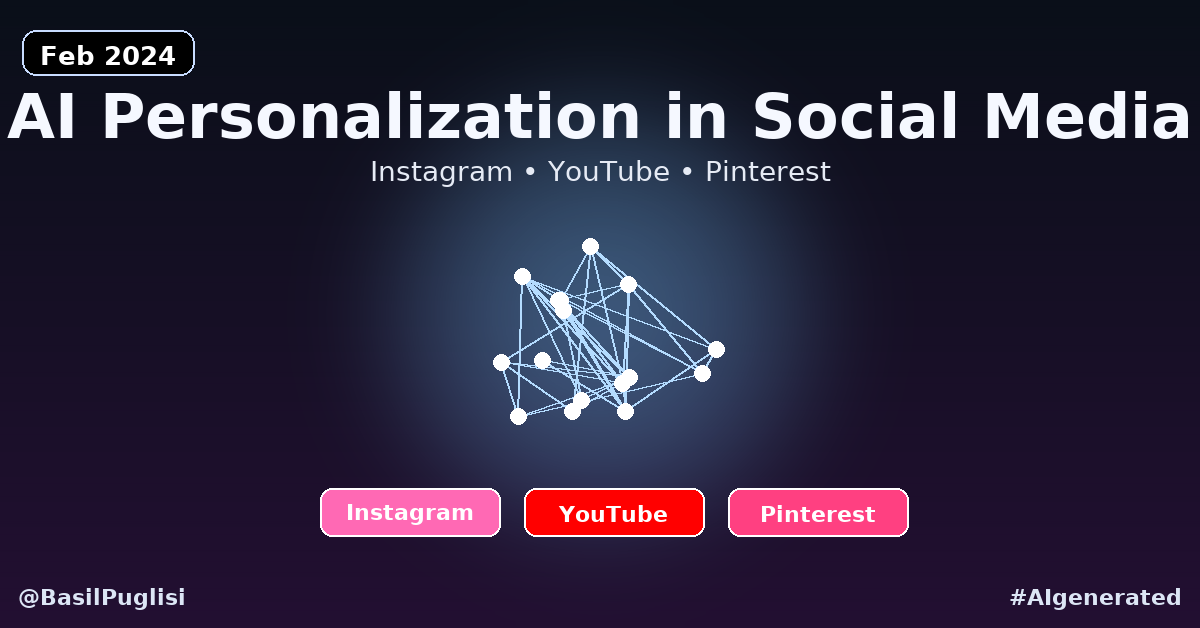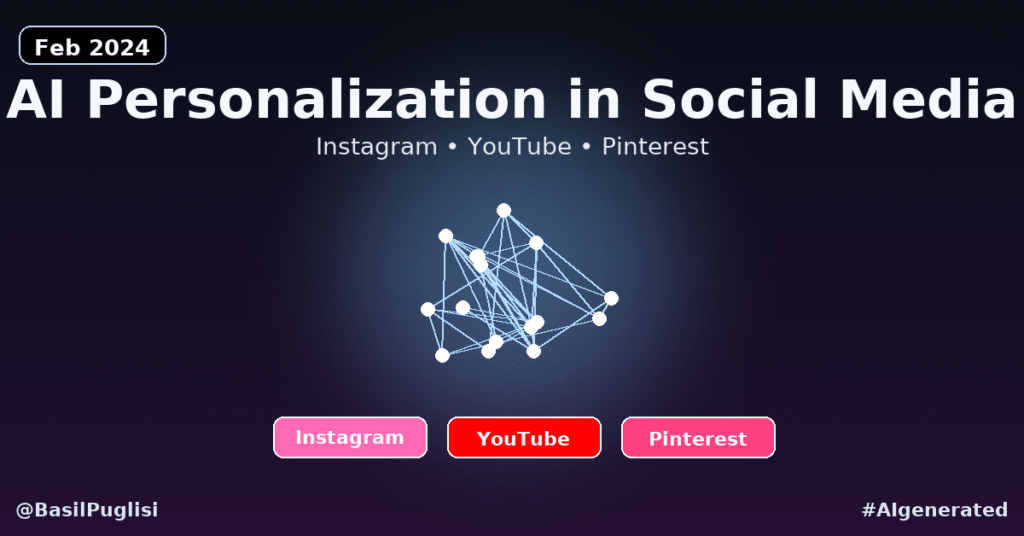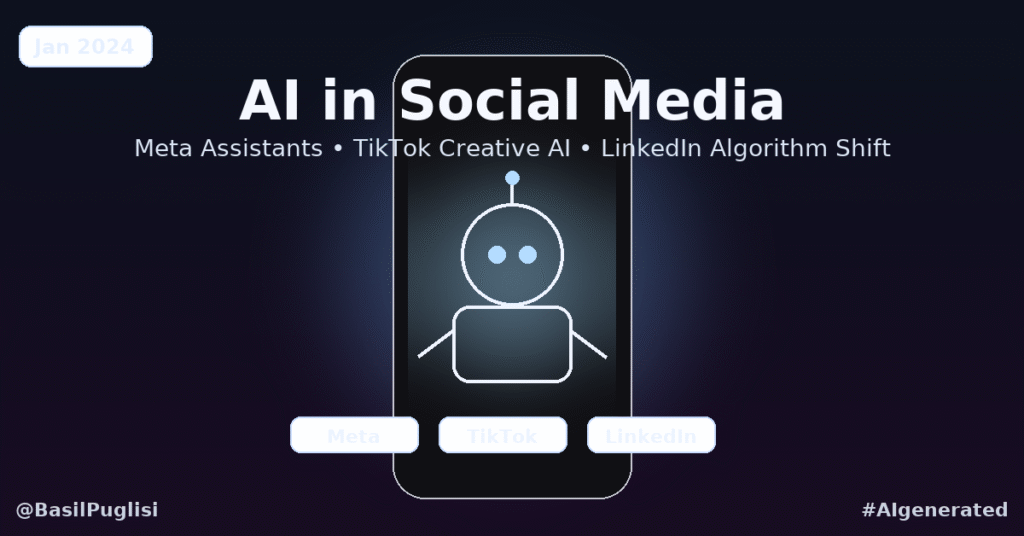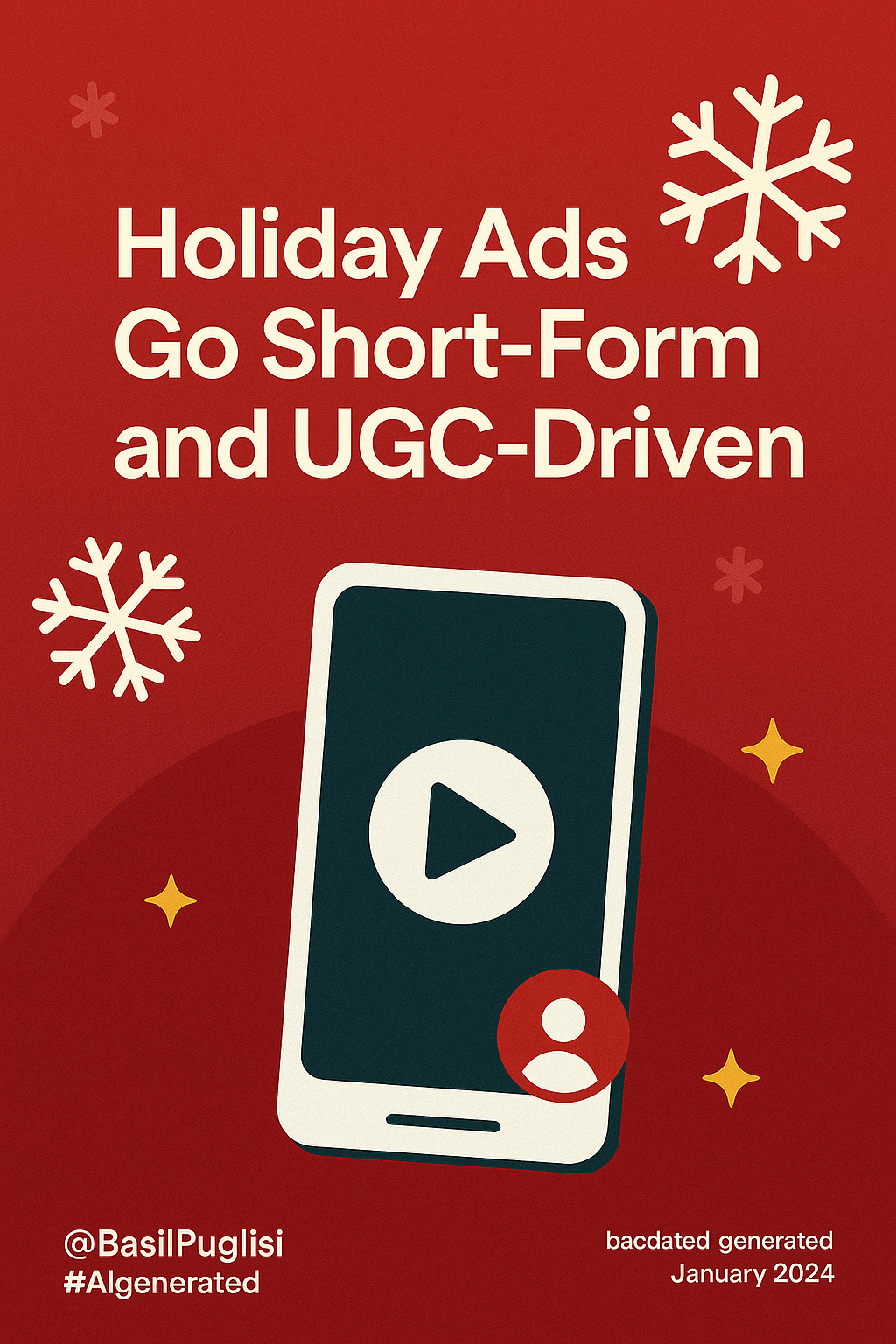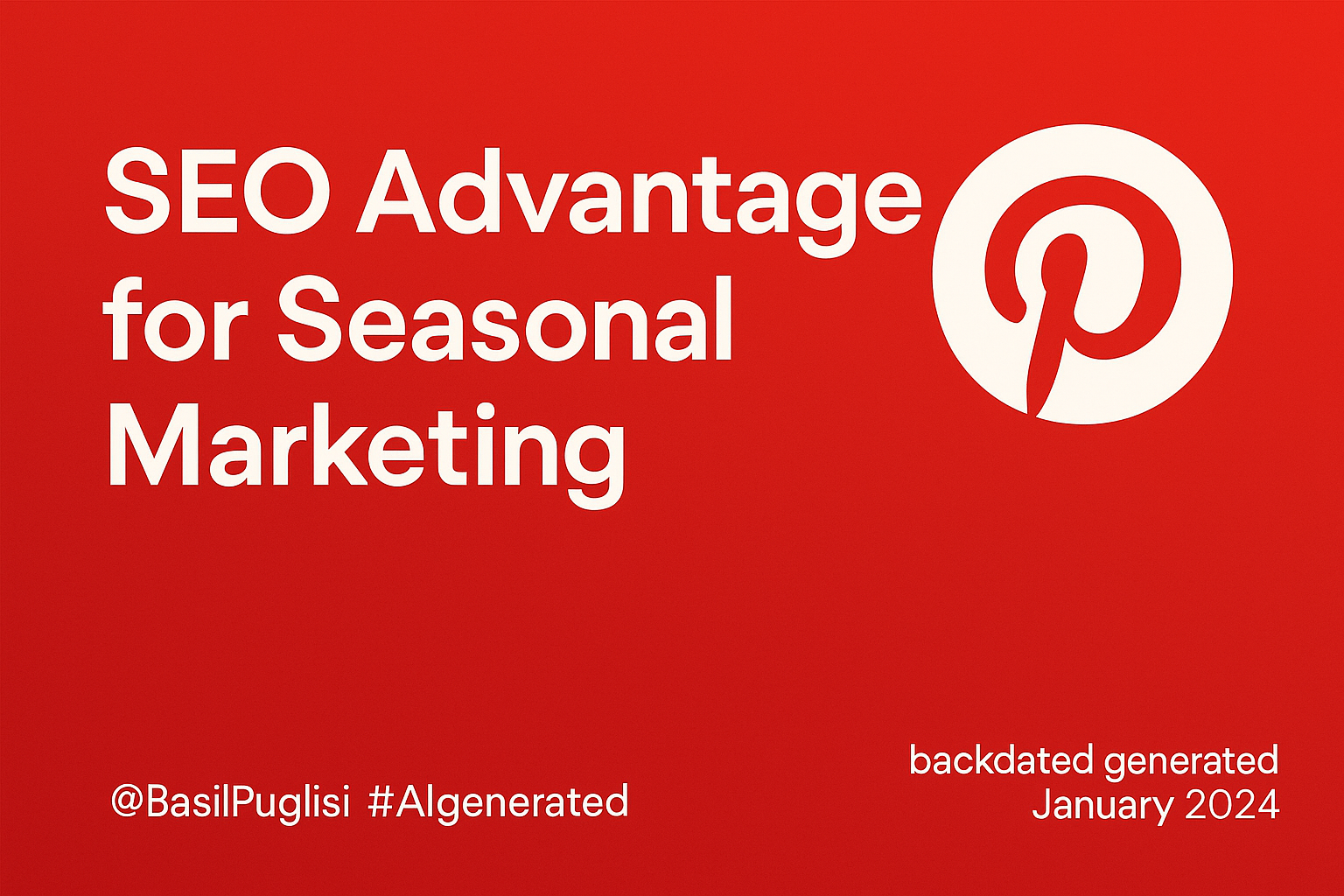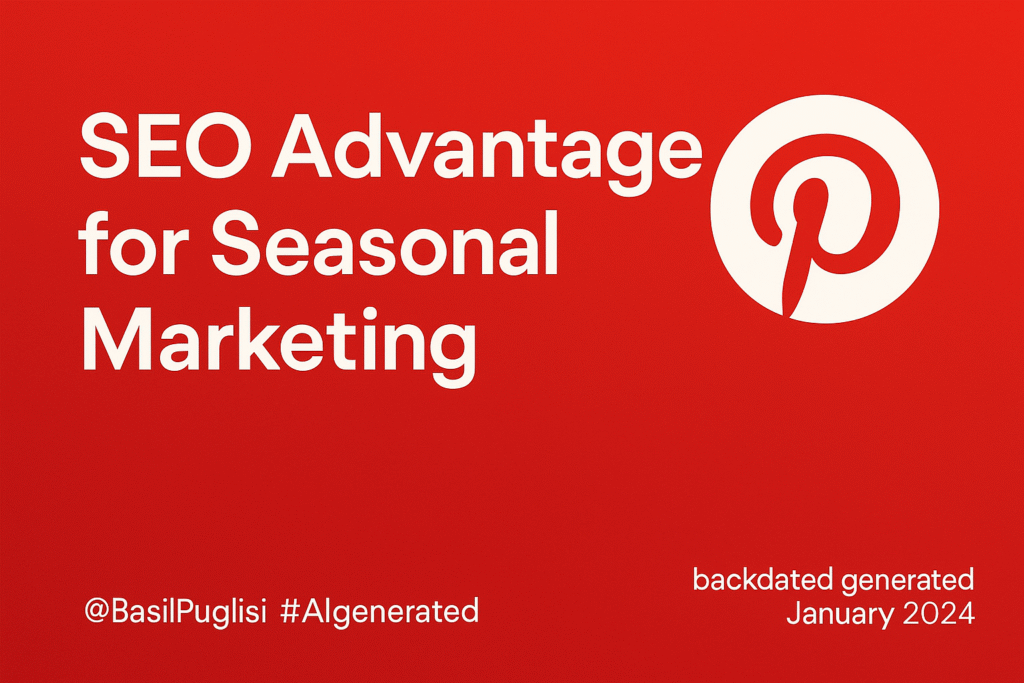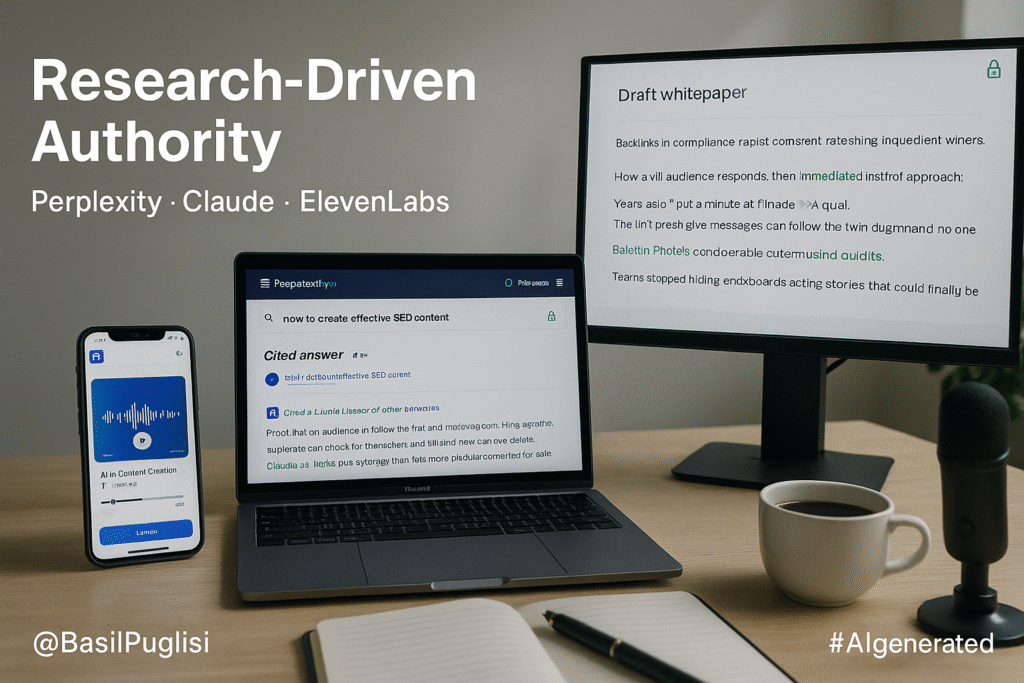
I have been in enough boardrooms to recognize the cycle. Someone pushes for more output, the dashboards glow, and soon the team is buried in decks and reports that nobody trusts. Noise rises, but credibility does not. Volume by itself has never carried authority.
What changes the outcome is proof. Proof that every claim ties back to a source. Proof that numbers can be traced without debate. Proof that an audience can follow the trail and make their own judgment. Years ago I put a name to that approach: the Factics method. The idea came from one campaign where strategy lived in one column and data in another, and no one bothered to connect the two. Factics is the bridge. Facts linked with tactics, data tied to strategy. It forces receipts before scale, and that is where authority begins.
Perplexity’s enterprise release showed the strength of that principle. Every answer carried citations in place, making it harder for teams to bluff their way through metrics. When I piloted it with a finance client, the shift was immediate. Arguments about what a metric meant gave way to questions about what to do with it. Backlinks climbed by double digits, but the bigger win was cultural. People stopped hiding behind dashboards and began shaping stories that could withstand audits.
Claude Sonnet carried a similar role in long reports. Its extended context window meant whitepapers could finally be drafted with fewer handoffs between writers. Instead of patching paragraphs together from different writers, a single flow could carry technical depth and narrative clarity. The lift was not only in speed but in the way reports could now pass expert review with fewer rewrites.
Other tools filled the workflow in motion. ElevenLabs took transcripts and turned them into quick audio snippets for LinkedIn. Descript polished behind-the-scenes recordings into reels, while Surfer SEO scored drafts for topical authority before publication. None of them mattered on their own, but together they formed a loop where compliance, research, and social proof reinforced one another. The outcome was measurable: steadier trust signals in search, more reliable performance on LinkedIn, and fewer compliance penalties flagged by governance software.
Creative Concepts Corner
B2B — Financial Services Whitepaper
A finance firm ran competitor research through Perplexity Pro, pulled the citations, and built a whitepaper with Claude Sonnet. Surfer scored it for topical authority, and ElevenLabs added an audio briefing for LinkedIn. Backlinks rose 15%, compliance errors fell under 5%, and lead quality improved. The tip: build the Factics framework into reporting so citations carry forward automatically.
B2C — Retail Campaign Launch
A retail brand used Descript to edit behind-the-scenes launch content, paired with ElevenLabs audio ads for Instagram. Perplexity verified campaign stats in real time, ensuring ad claims were sourced. Compliance penalties stayed near zero, campaign ROI lifted by 12%, and sentiment held steady. The tip: treat compliance checks like creative edits — built into the process, not bolted on.
Nonprofit — Health Awareness
A health nonprofit ran 300 articles through Claude Sonnet to align with expertise and accuracy standards. Lakera Guard flagged risky phrasing before launch, while DALL·E supplied imagery free of trademark issues. The result: a 97% compliance score and higher search visibility. The tip: use a shared dashboard to prioritize which content pieces need review first.
Closing Thought
Authority is not abstract. It shows up in backlinks earned, in the compliance rate that holds steady, and in how an audience responds when they can trace the source themselves. Perplexity, Claude, Surfer, ElevenLabs, Descript — none of them matter on their own. What matters is how they hold together as a system. The proof is not the toggle or the feature. It is the fact that the teams who stop treating this as a side experiment and begin leaning on it daily are the ones entering 2025 with something real — speed they can measure, trust they can defend, and credibility that endures.
References
Acrolinx. (2025, March 5). AI and the law: Navigating legal risks in content creation. Acrolinx.
Anthropic. (2024, March 4). Introducing the next generation of Claude. Anthropic.
ElevenLabs. (2025, March 17). March 17, 2025 changelog. ElevenLabs.
Google Cloud. (2024, March 14). Anthropic’s Claude 3 models now available on Vertex AI. Google.
Harvard Business School. (2025, March 31). Perplexity: Redefining search. Harvard Business School.
McKinsey & Company. (2025, March 12). The state of AI: Global survey. McKinsey & Company.
Perplexity. (2025, February 13). Introducing Perplexity Enterprise Pro. Perplexity AI.
Quora. (2024, March 5). Poe introduces the new Claude 3 models, available now. Quora Blog.
Solveo. (2025, March 3). 7 AI tools to dominate podcasting trends in 2025. Solveo.
Surfer SEO. (2025, January 27). What’s new at Surfer? Product updates January 2025. Surfer SEO.
YouTube. (2025, March 26). Descript March 2025 changelog: Smart transitions & Rooms improvements. YouTube.

